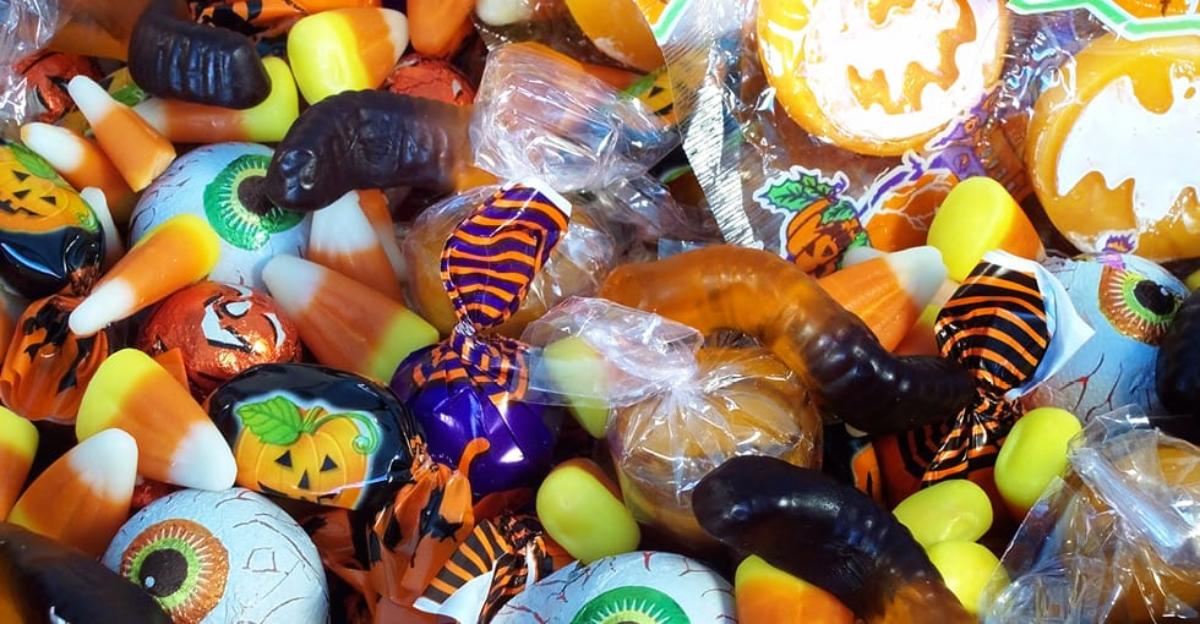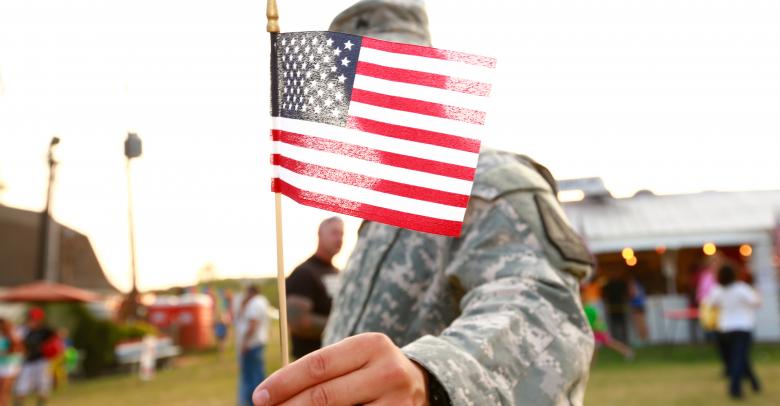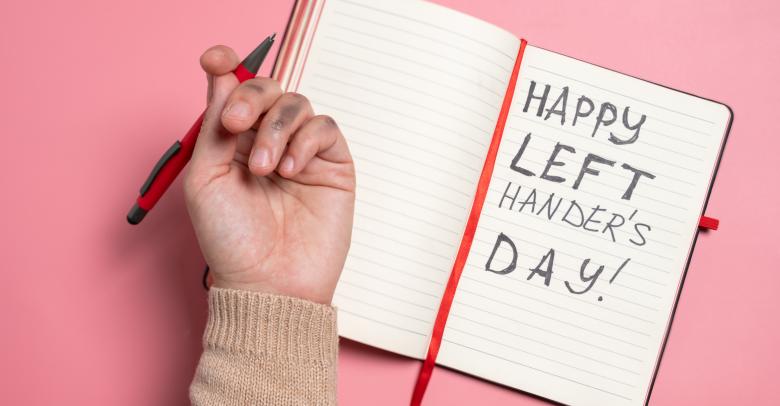In the weeks leading up to Halloween and the weeks after, candy is going to make its way into your classroom, whether you like it or not. Embrace the inevitable and create a learning experience with candy this fall by studying what candy is made from, how it works and what happens when you alter it. These sweet ideas are a starting point for candy projects for math and science.
Candy Chromatography
What makes up your favorite colors? A look at candy in bright colors can help you find out which colors each piece is made from. Use Skittles or other brightly coated candies for this experiment and record your results.
Using an eye dropper, place one drop of water on one of each color of candy. Daub the candy onto a piece of coffee filter. Dip the other end of the filter in a solution of salt and water. As the water is wicked up into the coffee filter, it will take the dye with it and separate the dye into several bands of color. You can see that a “red” candy may really be made up of several shades of red, pink, orange and yellow. The salt water forces the dye to spread out and separate and makes these different colors visible.
Does it Float or Sink?
Use a variety of candies and a see-through beaker or container to test whether the individual candies float or sink. Have the class predict what they think will happen and then test the candies.
Do some colors float better than others?
Can you change a candy to change the way it acts in water? (Whole marshmallows float, broken ones do not)
Does allowing the candy to sit in water change it in some way? (Some candies will lose color, others will not – M&Ms have a colorful coating, while Sweet tarts are the same color throughout each piece)
Colorful Candy Math
Use a colorful candy like jelly beans or M&Ms to learn more about graphing, estimating and probability. Start with a small bag of candies for each student and ask them not to eat the candy until the experiment is done. Have each student look at the bag and guess how many candies are inside.
Depending on the age of your students, the candy can be used for a variety of math concepts.
- Pour the candy into a cup and estimate how many you have. Count them – were you right?
- Older kids can learn about probability using candies – what color is most likely to be pulled from the bag, based on your graphs and figures?
- Create simple graphs that illustrate how many of each color are inside. Compare graphs to see which colors are the most popular.
- Use the candies as manipulatives for simple math problems.
- Use the candies as bingo markers for a math based Bingo game.
End with a little fun and allow students to consume candies when the activity is through – without sharing or swapping once the candies have been handled of course!
We’d love to hear – what’s your favorite way to use candy in your classroom?






Leave a Reply